By Franck Pachot
.
Today, we can put our database on very efficient storage. EMC XtremIO is one of them.
In this blog post, I’ll show how to look at the IO performance from Enterprise Manager, Orachrome Lighty, and XtremIO client interface.
IOPS
The XtremIO client has a nice dashboard that show immediatly the IO rate:
The instant view shows 120 KIOPS here and details on the block size.
The history show that the rate can be sustained.
This is not a production workload. I took the screenshots while dbms_resource_manager.io_calibrate was running
IO calibrate
Of course, you want to see the io_calibrate output:
max_iops = 122935
latency = 3
max_mbps = 3084
There is one information – the most important one for Auto DOP – that is not displayed but we can check it here:
SQL> select * from resource_io_calibrate$;
MAX_IOPS MAX_MBPS MAX_PMBPS LATENCY NUM_DISKS
---------- ---------- ---------- ---------- ----------
122935 3084 1364 3 2
One process can sustain 1.3GB/s. This do not depend on the storage but on the server. That is coming from an ‘old’ E5-2667.
I can run a lot of processes and I’ve a 4 nodes RAC. The storage can sustain 3GB/s
And we have reached 120 KIOPS.
The storage here is one EMC XtremIO one X-Brick.
Orachrome Lighty
The ‘Real Time’ view of Lighty show basic info from V$ views, calculating deltas and showing them graphically.
So here are the figures from the database:
Of course you can see the same figures from Enterprise Manager f you have Diagnostic Pack:
OEM – ASM
ASM comes with performance metrics as well and can be seen from Enterprise Manager:
Compression
Performance is not the only feature of XtremIO. You have compression as well. These performance figures come from a database that takes only 35% of its size:
If you have read compression ratios from EMC marketing, then you have here a proof that you can achieve that compression ratio on a regular ERP (only numbers and some text. No images, no documents.)
Compression without performance overhead is a great feature of XtremIO. There is another one: snapshots without performance overhead on source. But that is for another time.
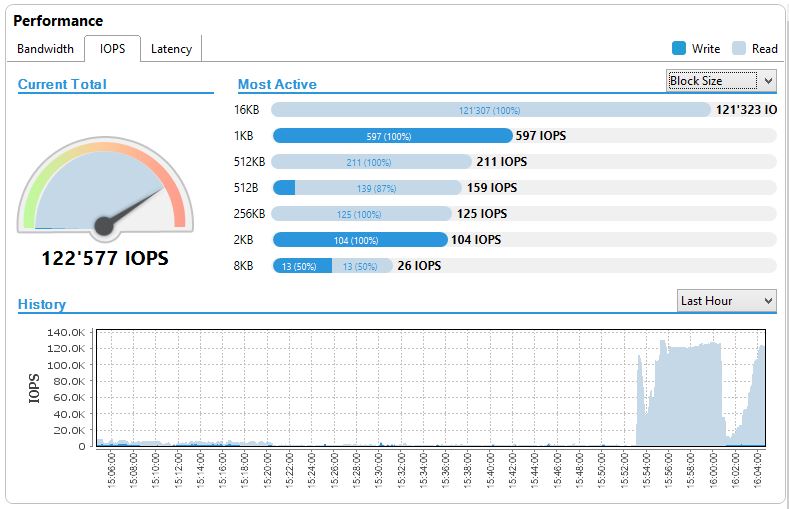
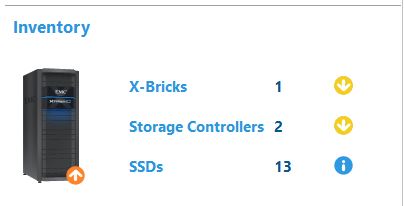
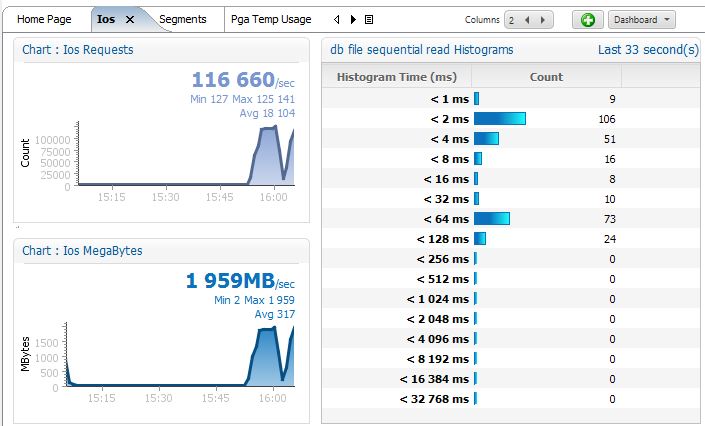
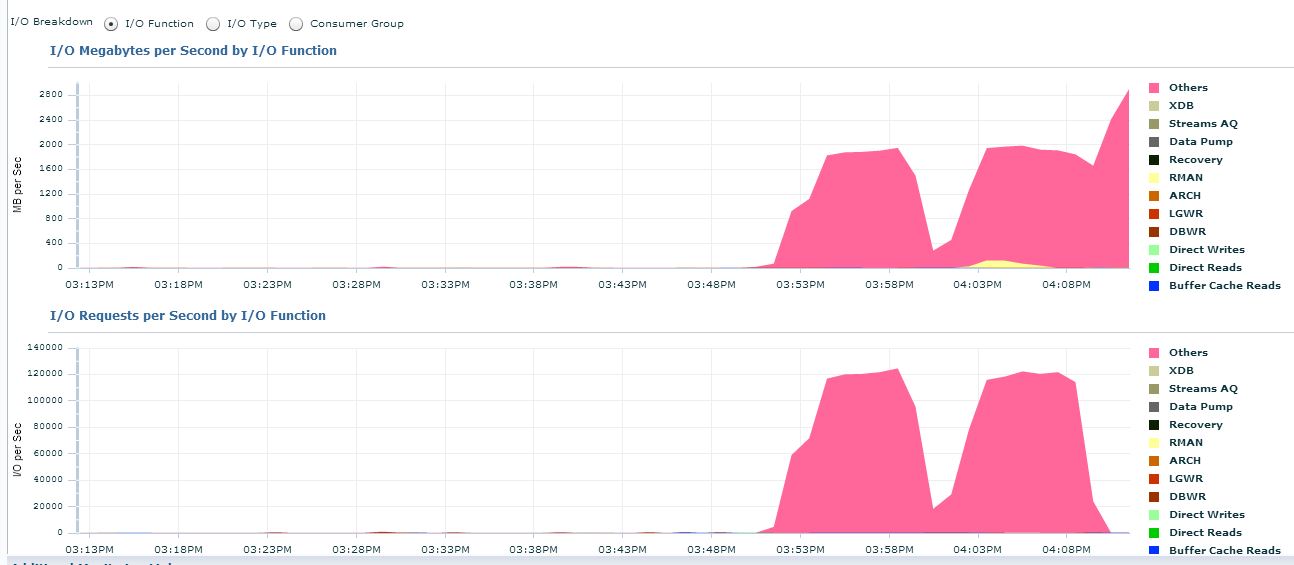
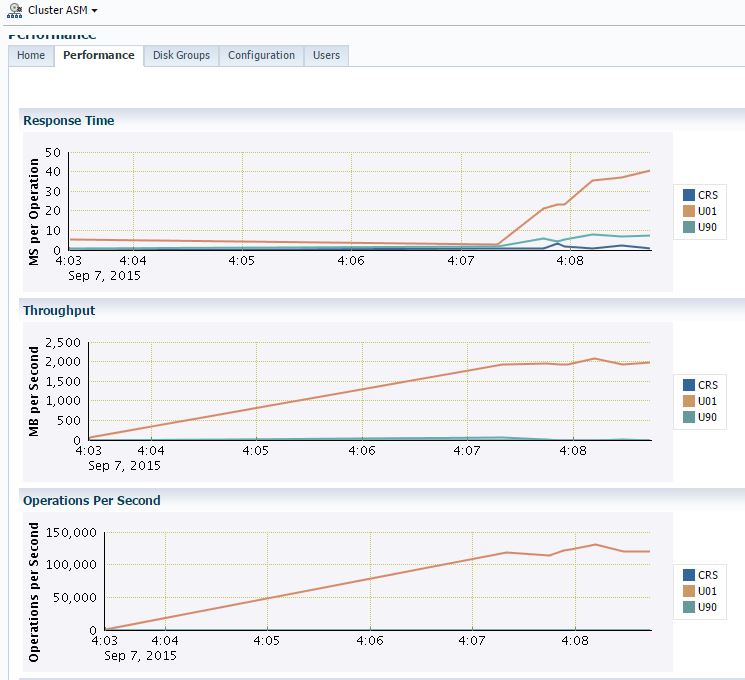
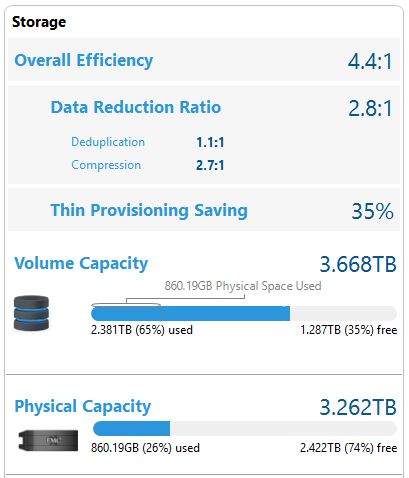
![Thumbnail [60x60]](https://www.dbi-services.com/blog/wp-content/uploads/2022/12/oracle-square.png)
![Thumbnail [90x90]](https://www.dbi-services.com/blog/wp-content/uploads/2022/09/SNA_web-min-scaled.jpg)
![Thumbnail [90x90]](https://www.dbi-services.com/blog/wp-content/uploads/2022/08/STH_web-min-scaled.jpg)
![Thumbnail [90x90]](https://www.dbi-services.com/blog/wp-content/uploads/2024/01/HME_web.jpg)